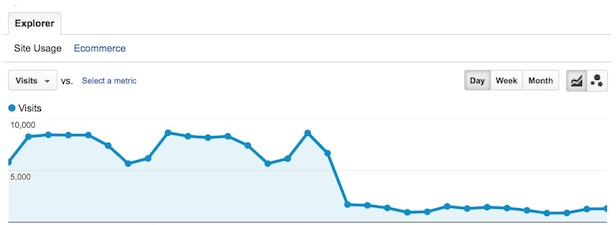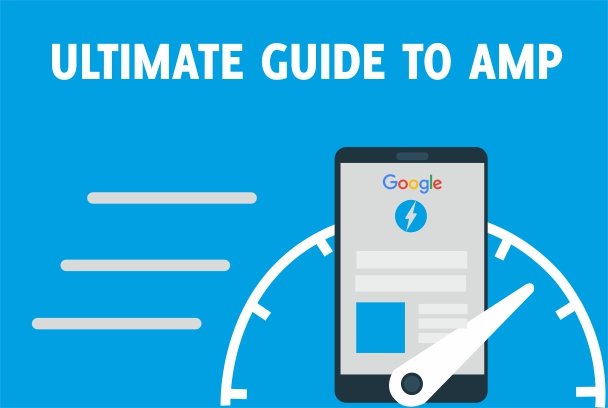How to check if Google Penguin Updates has hit you? What next?

The Penguin has waded into the world of link building. With the latest update labeled as Penguin 2.1, we gauge what it means to be hit by the same. Technology for spam wiping in tends to take the steps put forward by its predeceasing updates.
Wonder if your sites have been hit by this waddling update? For starters, it is vital to understand that Penguin peeks into the back link profile and will work to upgrade the position of those websites that have grossed natural and quality links and fish out those that have accumulated bad links.
The latest update comes equipped to tackle spam-link practices that have been in vogue for a long time now. Of course, if any of your websites had been using link building automated software or services, the Penguin update would be thereto fish it out of SERPs.
Has the Penguin waddled into my site?
In case you have been using link-building means that are dodgy and you also are impending a Penguin attack, you would need to check out the analytics. This is the only way to know if you have had an unexpected and all too sudden fall in website traffic. A plummeting graph spells a Penguin invasion.
Moreover, if you are into ranking monitor, check the same in depth while also turning off all personalized settings. The locations settings too need to be turned off. Tag “&pws=0” behind the query string while you key the same into the address bar OR use Search SEO Global browser add-on for more perfection. This will give you a clear picture without any falsity.
Since Penguin 2.1 also pervades all pages, checking the home page will not be the only thing to analyze. Make sure you check if the traffic or graph has gone in for a dip in terms of certain keywords. Looking into webmaster tool accounts or analytics will be the easiest way to find this out.
Now, if you have affirmed that Penguin has hit you, then you need to concentrate on the tale of back links.
The nuances of the back link story
Unnatural means, links coming from exact match keywords as anchor text, where as low quality links means, a link coming from low authority and off-topic sites. Overall, you need to check out if you have any hidden links, paid links, bookmarks, article syndication content, paid directories and site wide link too.
Here are brief insights on 4 most common types of link that may have hurt your website’s rankings. Check out for yourself if these are your problem areas in the wake of the Penguin 2.1 attack.
 #1 Paid Directories
Among the paid directories, a number of them come with numerous inclusion options. Mostly you will come across express, regular or featured listing timelines. However, the point here is on purchasing a link. It must come marked with no-follow. This is necessary for preventing such a link to pass on SEO advantages. The sad news is-most paid directories fail to use this attribute while link-selling. The worst part is that these directories also fail to differentiate between free and paid listings!
#2 Article syndication
Articles need to be written not churned. This is the message that Penguin 4 update comes laced with. Most link builders kept resorting to the concept of article syndication in absence of a seemingly better alternative. It is easy to spot such articles and their duplicity stands revealed on pasting part of the article body into a search engine.
#3 Social bookmarks and its tragedy
Sometime back we were all for social bookmarking. We had an era wherein we could purchase; say 1000 bookmarks, with a pair of anchor texts. This would give a high in context of SERPs. However, this was a slippery concept given that the links barely had much value. Purchasing them in hordes lead to excess-optimization and ultimate penalty imposition! Fish out such links that come with the likelihood of being penalized. The links come with barely different anchor texts and also come in huge volumes.
#4 Off-topic links
In a lust and rush to generate backlinks, sometime our team takes wrong ways to generate high number of backlinks, and that is where they make a big mistake. Many off-topic websites pointing a link to our website can hint search engines that we’re trying to manipulate rankings by increasing number of backlinks.
Process to Analyze Backlink Profile:
- Collect the list from different tools available online like OpenSiteExplorer.org, BacklinkWatch.com, etc.
- Compile the list in one excel file
- Remove duplicates using excel (Option is available in Data >> Remove Duplicates)
- Now you’ve a list of unique WebPages linking to us
- Use Find & Replace command to remove “http://”, “https://” and “www” from the list
- Now sort the URL column alphabetically
- Analyze below mentioned things and store all fishy / unnatural / low quality links in another file
- If you find any domain which is sending more than 5 links, carefully scrutinize that domain (Many links from same domain could hamper)
- Check all website’s IP to understand C Class IP diversification (Many links from same C Class IP could hamper)
- Filter the URL by words containing “directory” or “article” and see the ratio (Links coming from directories and article should not be in huge ratio)
- Check all domain name for understanding theme of website pointing link to us (many off-topic links could hamper)
What to do if I have Questionable Backlink Profile?
One you’ve a list of websites which seems to have hampered, the first thing you should do is, submit in Google Disavow Tool by making a .txt file (as guided by Google). That’s just not it! Also simultaneously start sending links removal request to most critical websites. Once the backlinks are removed by either ways, you should be back in rankings (if that was the only reason for downfall).
It is advisable that you frequently spend some time checking your back links profile and making it up to a standard that you are beyond penalty. Building quality links from reputable sources is the only way you can shield your website from further updates.





